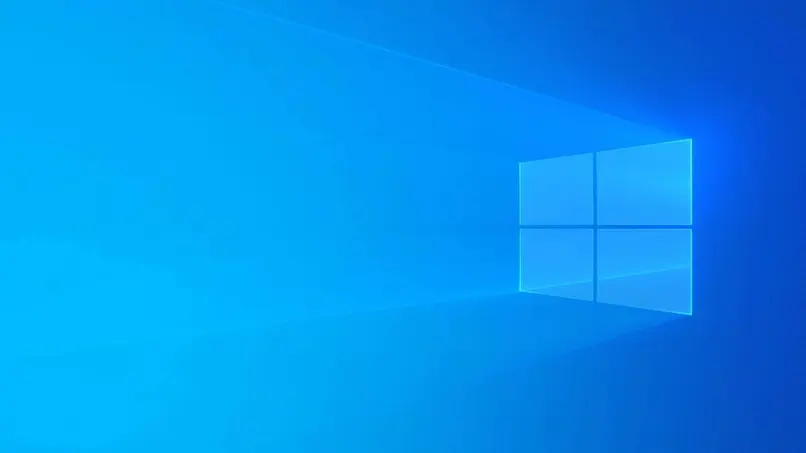T4K3.news
Windows 10 ESU Program Covers Multiple Devices
Microsoft extends the ESU program to allow one license to cover up to 10 devices but requires a Microsoft Account.
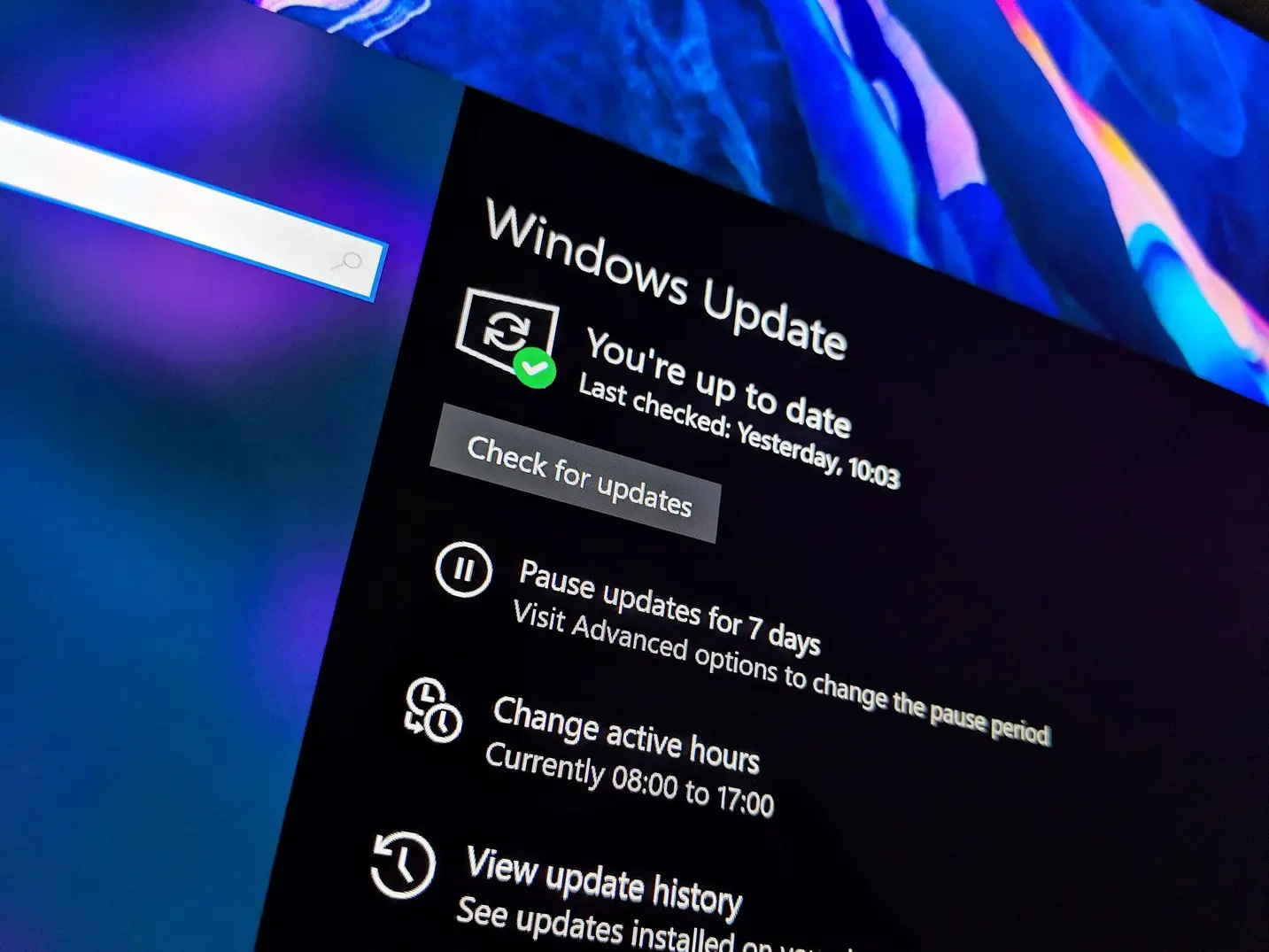
Microsoft updates its Extended Security Updates program to cover more devices under one license.
Windows 10 Security Update Program Expands for Multiple Devices
Microsoft has confirmed that its Extended Security Updates (ESU) program allows Windows 10 users to cover up to 10 devices under a single $30 license. However, registering for this update still requires a Microsoft Account. This move simplifies payments for users who own multiple devices needing security updates. Previously, it was unclear whether the account requirement applied when paying for the license, leading to concerns from users wishing to bypass account registration. Now, all enrollment options, including a one-time cash payment, mandate the use of a Microsoft Account to facilitate coverage across several devices. Enrollment for this program began rolling out in July, and users can start by accessing the Windows Update settings on their PCs.
Key Takeaways
"All enrollment options provide extended security updates through October 13, 2026."
This quote clarifies the timeline for the ESU program's security updates.
"You will need to sign into your Microsoft account in order to enroll in ESU."
This highlights the requirement that has raised concerns among users.
"It's good news as it means the $30 license is now much more reasonable."
This reflects the financial relief for users needing coverage for multiple devices.
"Many Windows 10 users who have avoided registering a Microsoft Account may feel upset."
This speaks to the emotional reaction from users regarding the account requirement.
This update by Microsoft highlights a key trend in software service offerings, where multi-device coverage is becoming increasingly important in a household dominated by multiple connected devices. While the ESU program is a beneficial solution for users needing ongoing support post-2025, the mandatory Microsoft Account may frustrate those who prefer not to engage further with the Microsoft ecosystem. This requirement could signal a strategic move by Microsoft to enhance user engagement through its accounts, ensuring that customers remain within their service framework. The backlash from certain user groups focused on privacy issues should not be overlooked as the company seeks to maintain its user base amidst rising concerns over data security and privacy.
Highlights
- One license now covers ten devices for Windows 10 users.
- A Microsoft Account is mandatory for the ESU program.
- The account requirement is a surprising twist for paid updates.
- Microsoft’s move may cause concern among privacy-focused users.
Concerns Over Privacy and User Engagement
The requirement of a Microsoft Account for enrollment in the ESU program has raised concerns over user privacy and control. Users may feel pressed to engage with the Microsoft ecosystem against their preferences.
As technology evolves, user flexibility remains a crucial point of discussion.
Enjoyed this? Let your friends know!
Related News
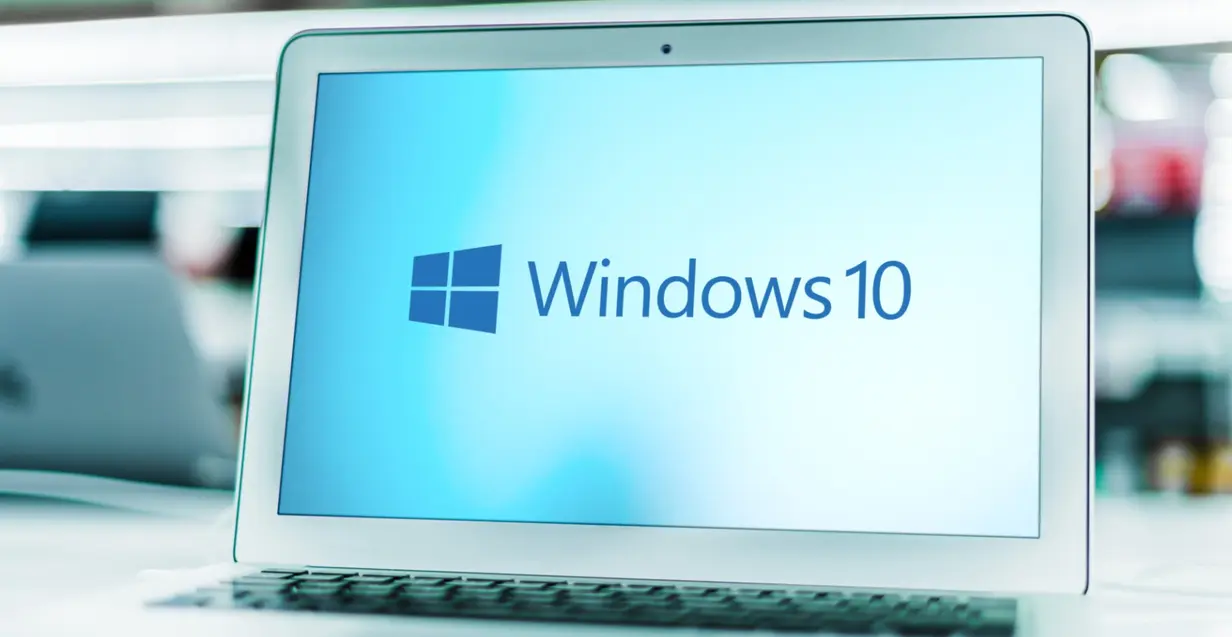
Windows 10 ESU enrollment opens

Cybersecurity Weekly Recap

Windows 10 end of life prompts new upgrade choices

SLC45A4 and pain link discovered
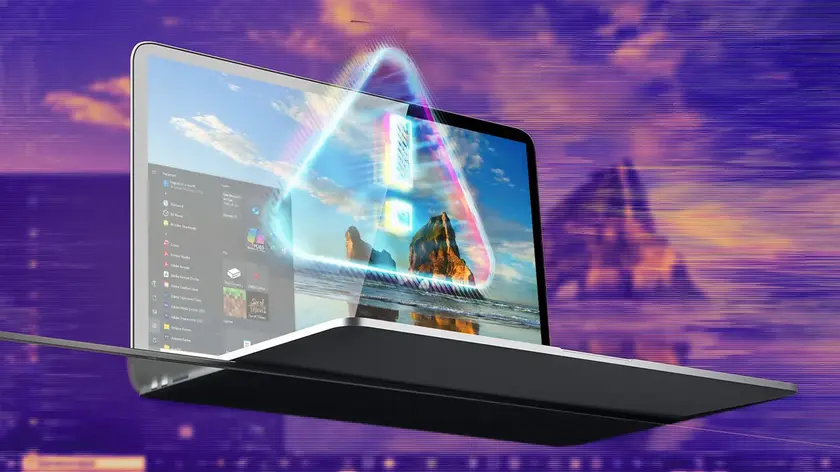
Windows 10 end of support approaching

Microsoft offers free Extended Security Updates for Windows 10
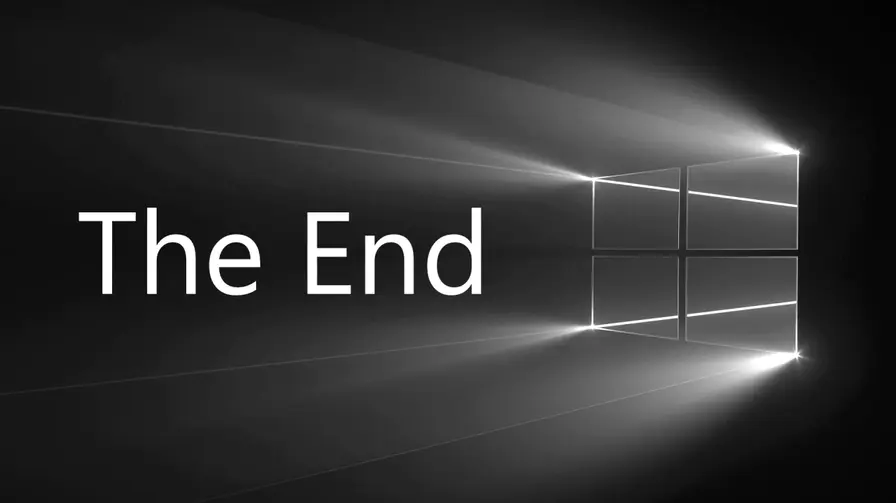
Windows 10 support ending soon

Windows 10 ESU options for free
